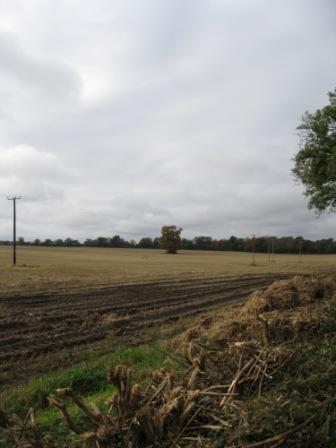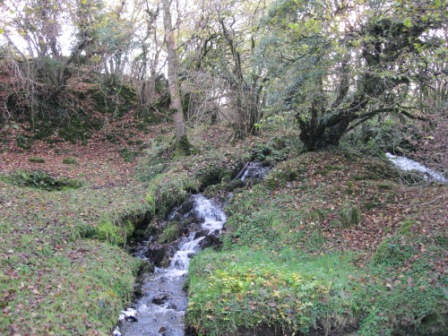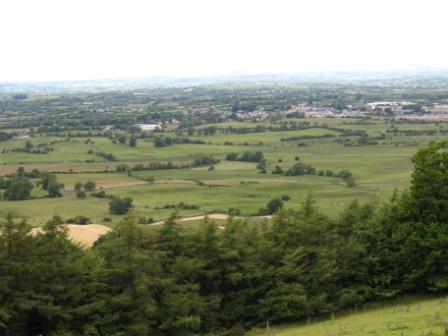From the initiation of the project the group was keen to look at Irish field names in Meath and names that seemed to derive from Irish but might have been corrupted over time. As field names were returned and the information was put on the computerised database the fields with Irish names were flagged. This meant they could be extracted as a group at a later stage for more detailed examination.
Some of the Irish field names were easy to translate even for a person with basic Irish for example, Cnoc Buí. Others were much more difficult. Many were spelled phonetically and for some a few different possible versions of spelling were given.
Dr. Nollaig O’Muraile from NUI Galway, an Irish place names expert, agreed to assist the project in examining some of the Irish field names. In February 2012 a group of about 1,200 Irish field names and their details were extracted and given to Dr. O’Muraile to study. He returned some months later with his translations and thoughts on the Irish field names submitted.
Meanwhile the project continued to gather field names in additional townlands. By the time the project wound down with collection, there were records of 24,700 fields on the database; approximately 1,600 of these were marked as being Irish field names or names derived from Irish. This would indicate a percentage of about 6.5% of all the fields surveyed. However of all the fields surveyed a substantial amount had no known field name. Of the fields with names the percentage with Irish names is higher and is about 10-12%.
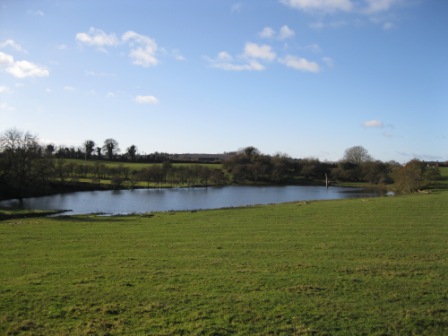
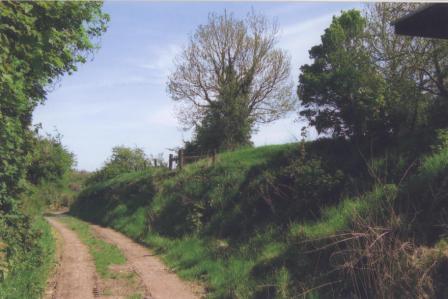
Dr. O’Muraile found that some field names had been incorrectly marked as being Irish names, some were in fact Hiberno English words. Others he found difficult to translate with any degree of certainty without hearing an oral recording of the name. He marked each name translated according to the degree of certainty. Those without a question mark, he was quite certain about. Others were marked with one, or in some cases two question marks depending on the level of uncertainty.
Below we have included a list of some of the more common Irish field names that have arisen. Initially they are written as submitted (often spelled phonetically), then followed by the correct Irish spelling and the translation. Finally we have listed the townland and location for each of these field names. This is just a sample of the names derived form Irish and will give the reader a sense of the range of Irish names that have arisen.
- Big Carrick – An Charraig – the rock (Balreask Carlanstown). Carrick appears in about 30 field names almost always indicating the presence of a rock or stones.
- Big Mullagh – Mullach – summit, hilltop (Balrath Demesne, Kells). This word arises in many field names.
- Garry – garraí – garden (Summerhill Lower, Drumconrath). This name also occurs in other areas.
- Moneen – An Móinín – the little bog (Kildalkey) and several other townlands, versions of this name have arisen quite frequently)
- Parkanassy – Páirc an Easa – the field of the waterfall (Tankardstown, Rathkenny & Mooretown near Ardee & Silloge, Kilberry). There is also ‘Tobar alt an easa’ near Kilmainhamwood, the blessed well with the waterfall.
- The Big Derry – Dorie – oak grove (Corstown, Drumconrath) This name arises in many townlands, sometimes ‘The Derries’)
- The Booley Bog / Boolies / Bolies – Comes from An Bhuaile – the milking place (Dunheeda & Lisnagrow, Kilmainhamwood; Glenaward, Oldcastle and Bartramstown, Ardcath). Versions of this name have occured in about 15 different fields, many spelled in different ways but all originating from the same source.
- The Buglia / The Bugla – Na Boglaigh – the wet soft places. This name appears in many fields with slightly different spellings including in Carriskspringan, Moynalty; Gilltown, Rossnaree and Kilbeg Upper, Carlanstown. Other versions include ‘buglis’, ‘bugga’, ‘the buggán’ etc, all seem to originate from the Irish word ‘bog’ meaning soft.
- The Curragh / The Currach – An Currach – The bog – This name arises in many townlands, in all there are about 35 occurences. There are names like Curragh Mór, Curraghbeg, Curraghmoons, The Far Curragh, Currachs etc.
- The Kesh Field – Ceis – wattle causeway – like a bridge – This name arises in many townlands including in Agheragh, Moybolgue and Clonfinnan, Carnaross.
- The Liss – The Lios – fort or enclosure – Again this name occurs in many townlands including Mullagha, Posseckstown and Killary. It is spelled in many ways including lis and lios.
- The Molly – The Malaí – the hill brows – This name also occurs in many townlands all over the County, sometimes the ‘Mollies’.
- The Philipinnes – Cnoc na bhFilibín – the hill of the plovers (Hurcle, Collon and Wilkinstown, Dunshaughlin and several other townlands with different spellings)
- The Rassan – The Rosán – the little headland / wood (Mullaghwillin, Brittas, Balsitric and Killadden all in the Nobber / Drumconrath areas)
- The Shragh – The Sraith – Riverside Meadow, holm (Mullaghwillin, Drumconrath; Carrickleck and other places spelled in slightly different ways such as Srath / Sragh etc.)
- Tobar Rua – the red well (Moymet, Trim). Rua occurs quite frequently in field names.
- Tubberdhu – An Tobar Dubh – the black well (Carrickleck, near Kingscourt)
Droim, meaning ridge occurs in numerous field names. Bawn, deriving from ‘bán’ the Irish word for white also appears regularly in the Meath field names collected. Many fields with hills have names with cnoc, croc or crocken. These names come from Cnoc and Cnocán, Irish words for hills and hillocks.
The assistance of Dr. O’Muraile in looking at the first batch of 1,200 Irish field names has been invaluable. The full batch of 1,600 Irish field names gathered in the project would seem to merit further study in the future to include an examination of their geographic spread and possible oral recordings of some of the interesting names to assist more accurate translation. There does seem to be a greater concentration of lasting Irish field names in some parts of the County than others. East Meath would seem to have less Irish field names still in common use but this merits more detailed examination.
The full listing of the Irish field names examined by Dr. O’Muraile can be viewed in the documents linked to below:
Irish Field Names List Article by N O Muraile (Word Document)
Irish Field Names List Article by N O Muraile (PDF Document)
This links to a document that gives a short introduction followed by a large table. The columns in the table show the Irish field names as they were given (in alphabetical order), the correct Irish version of the names, the translations of the names, the townlands and OS maps where they are located.
